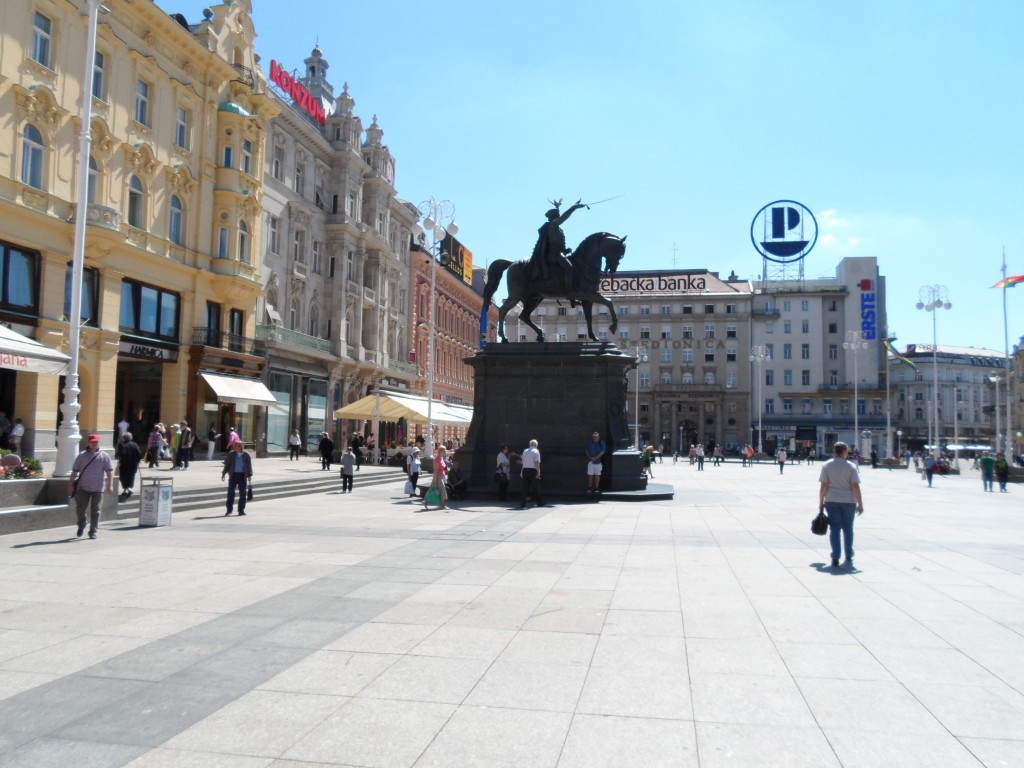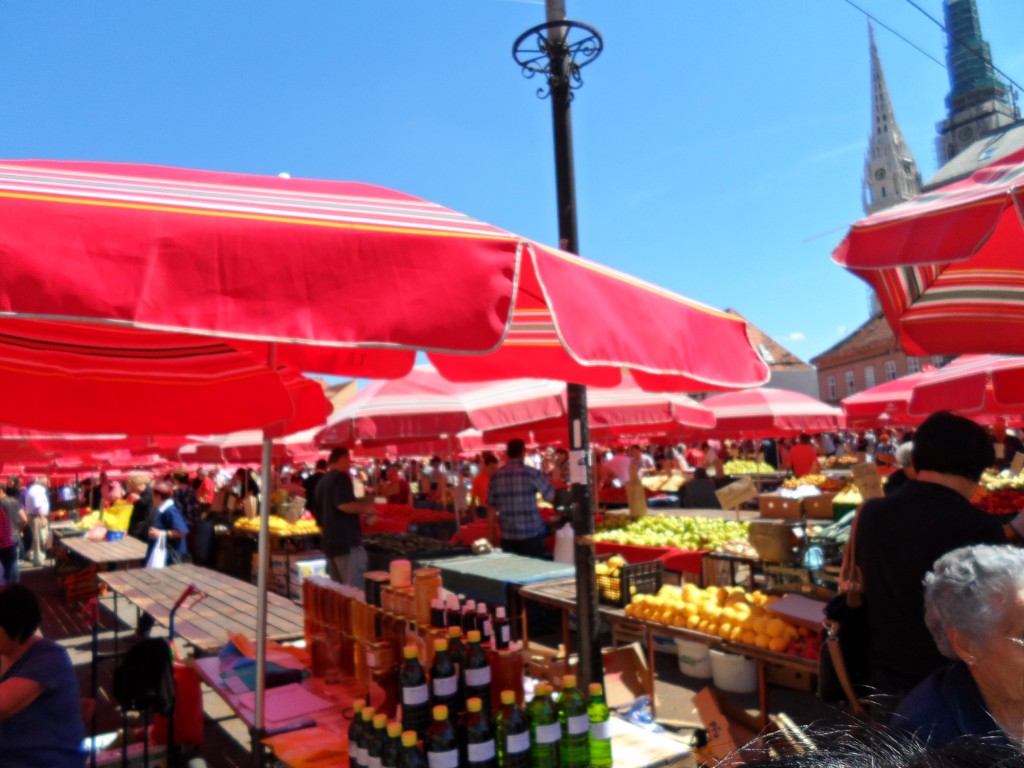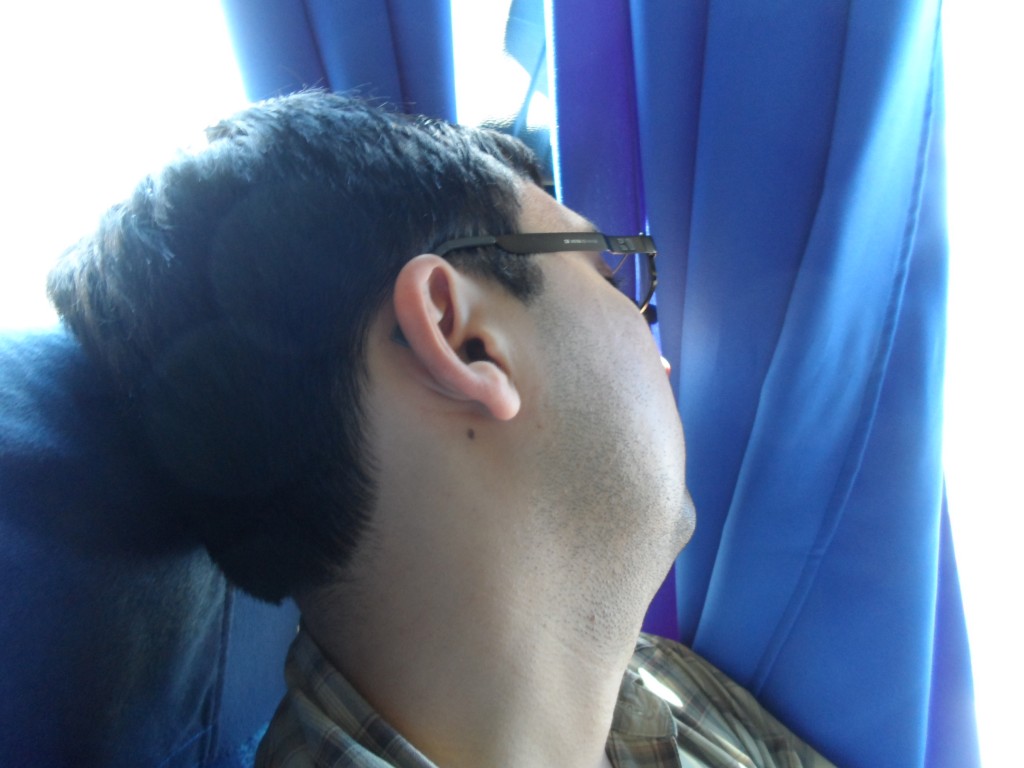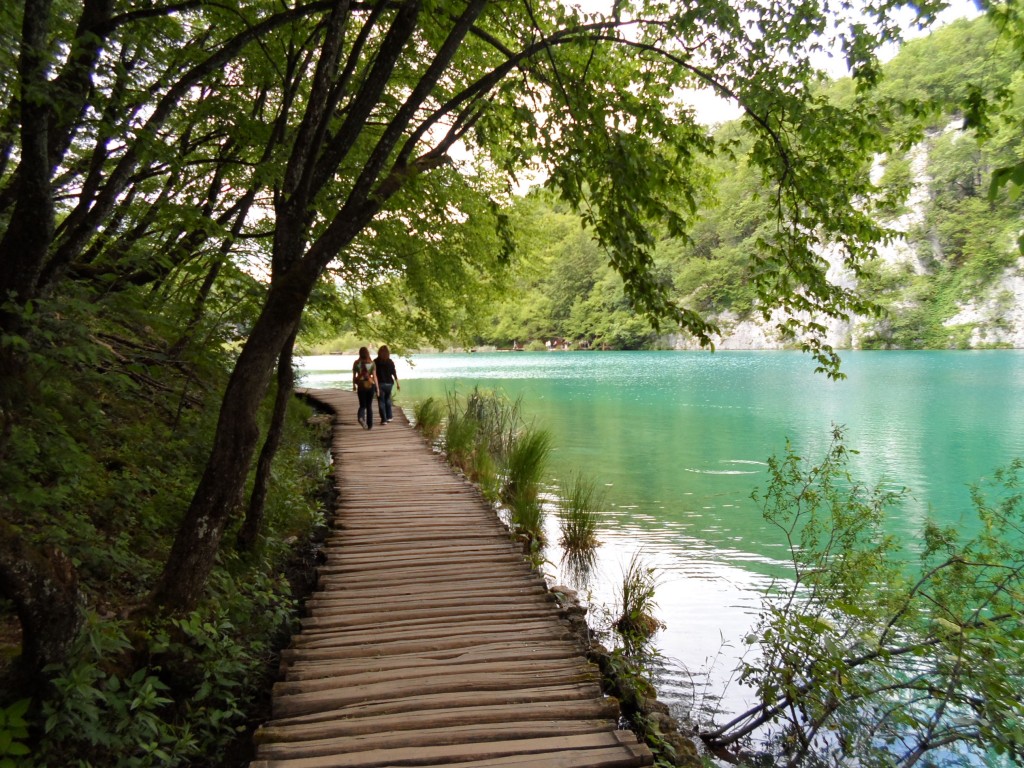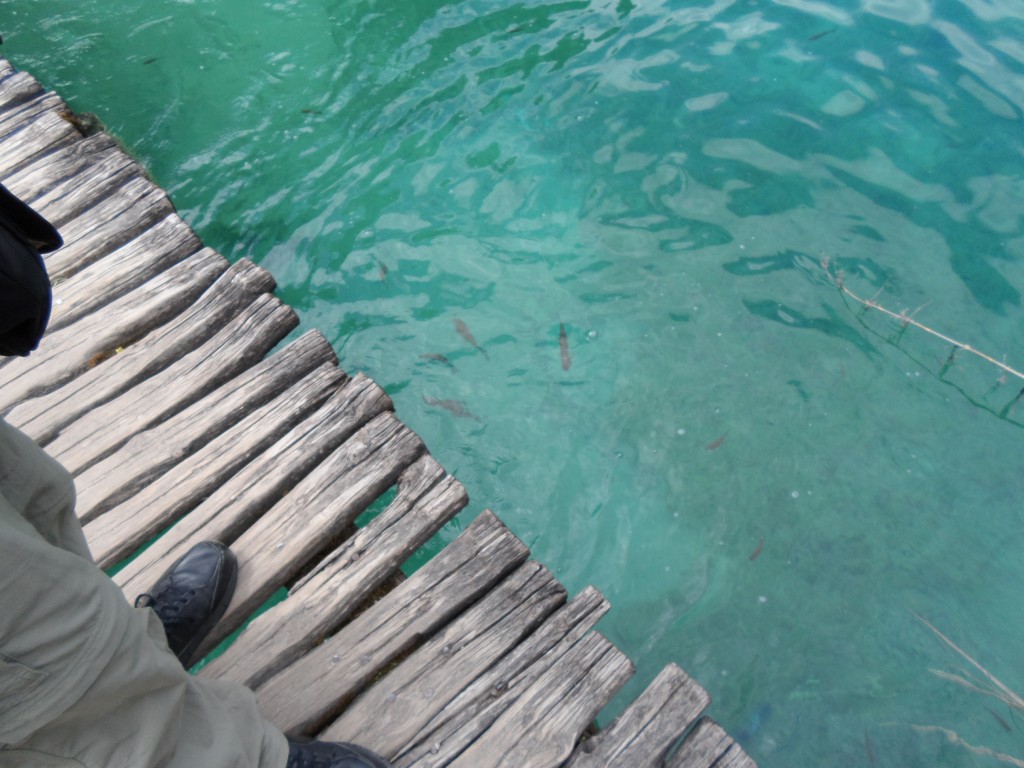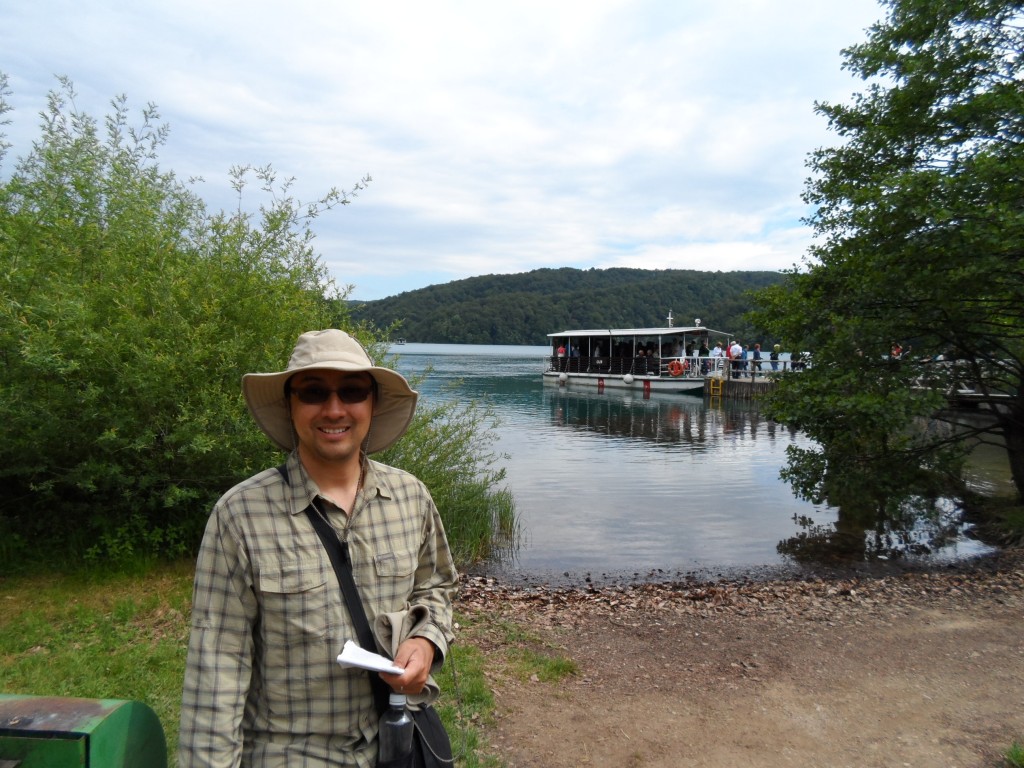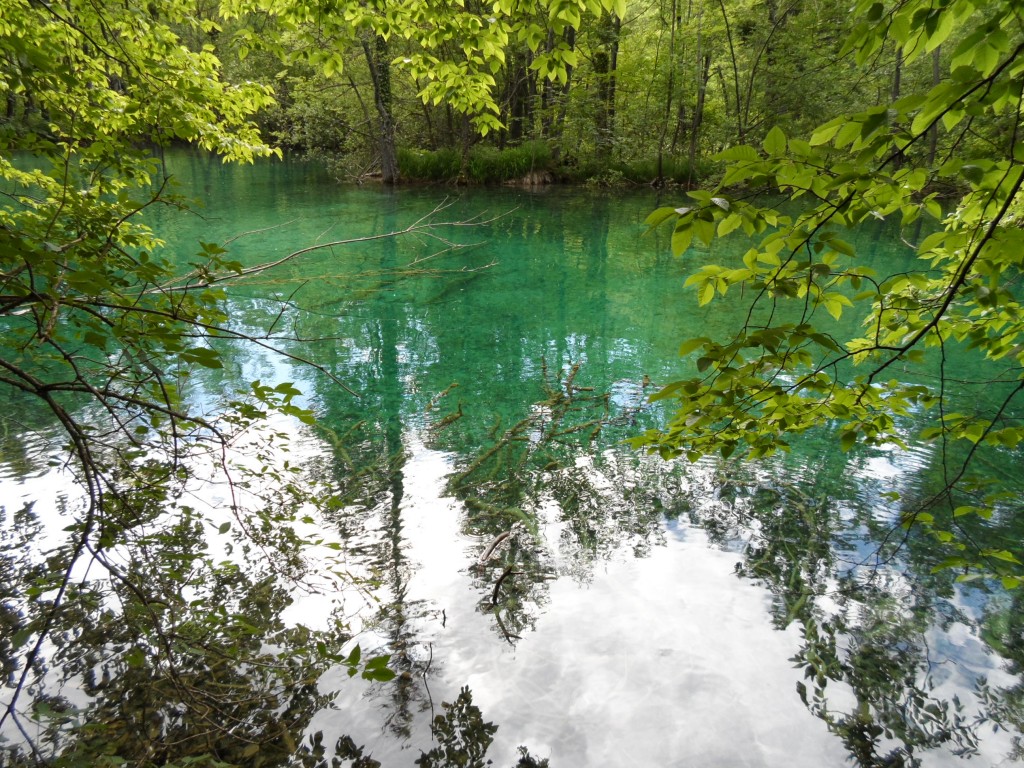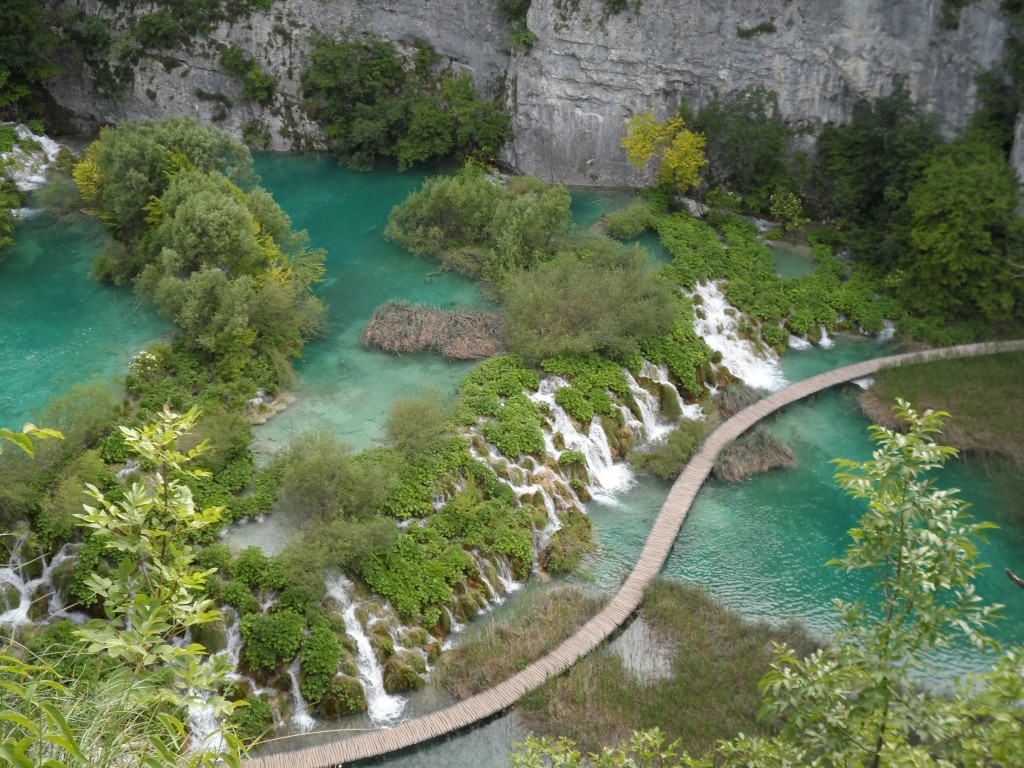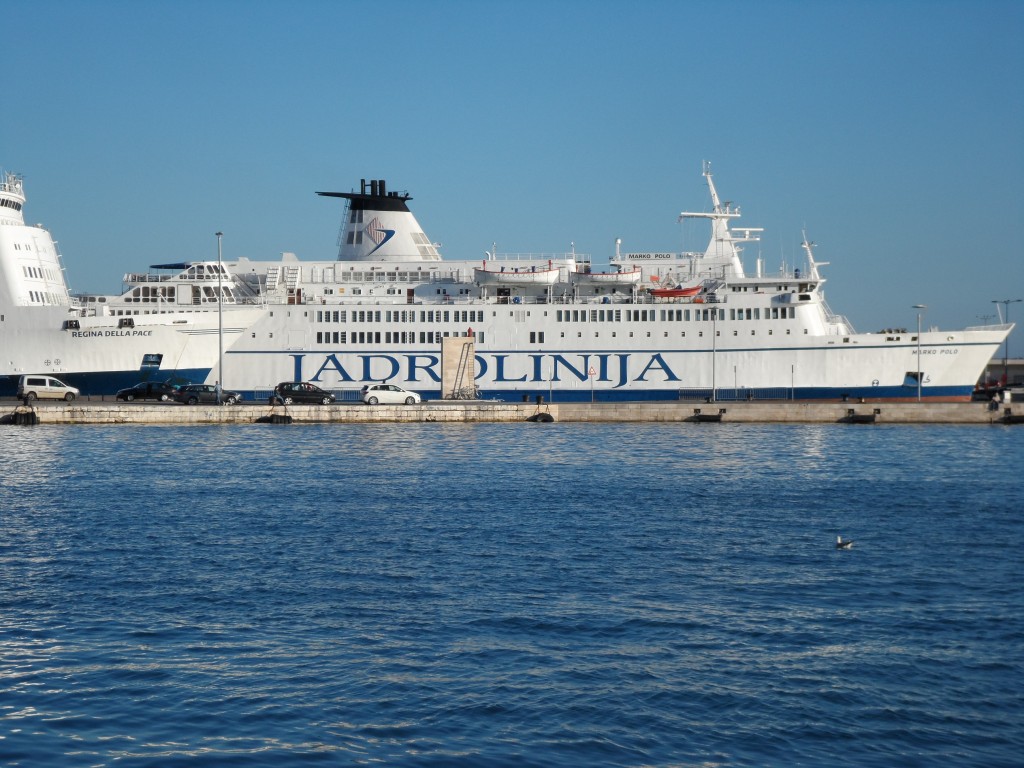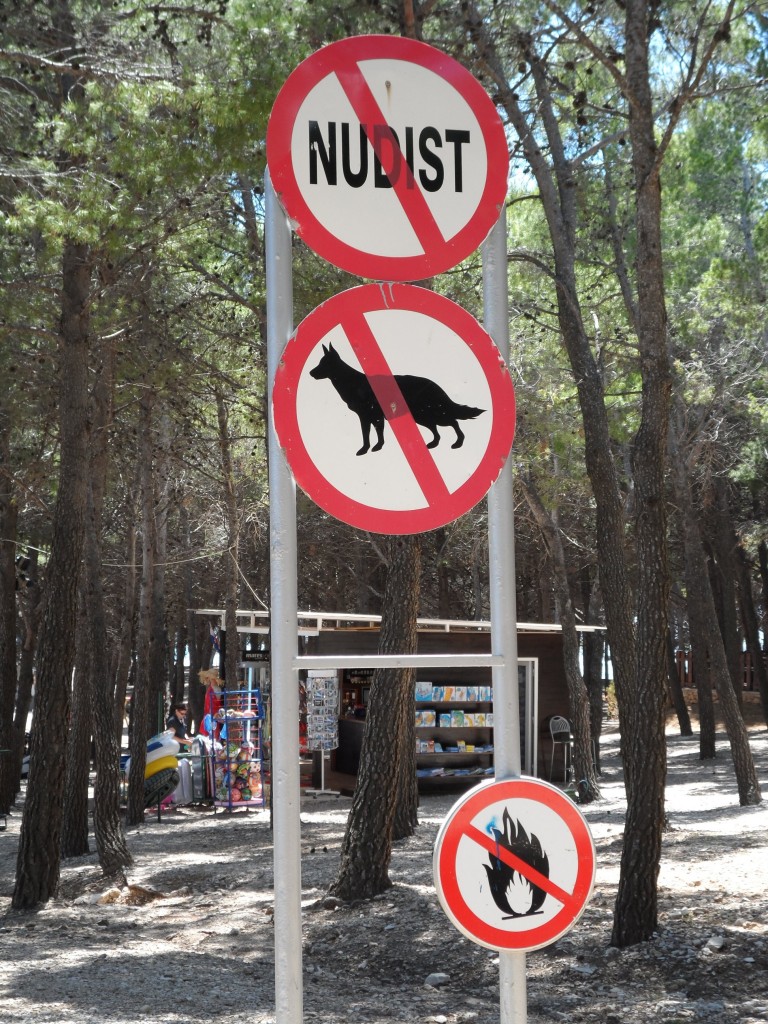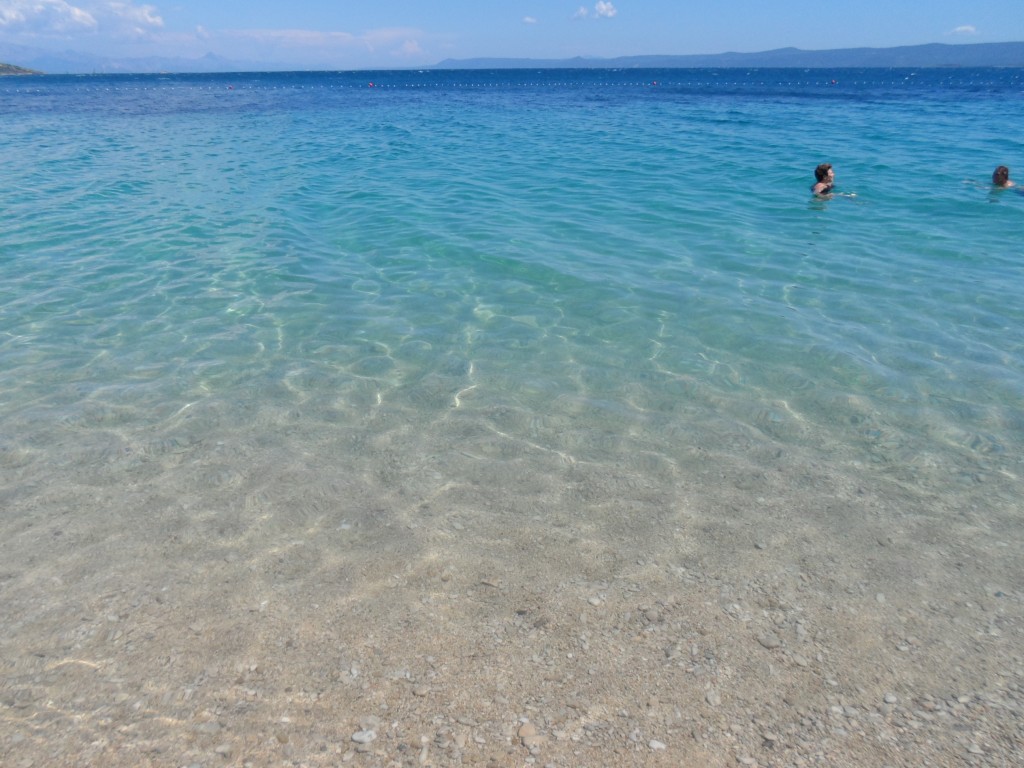After our brief stopover in Zagreb, we caught to train to Ljubljana and from there a bus to Lake Bled (thanks Rick Steves for the accurate transit instructions, but timetables or links to them would have been helpful).
Lake Bled is an incredibly picturesque lake complete with Church on an island in the middle of the lake and a castle on a cliff right over the lake. It really looks like something out of a fairytale.
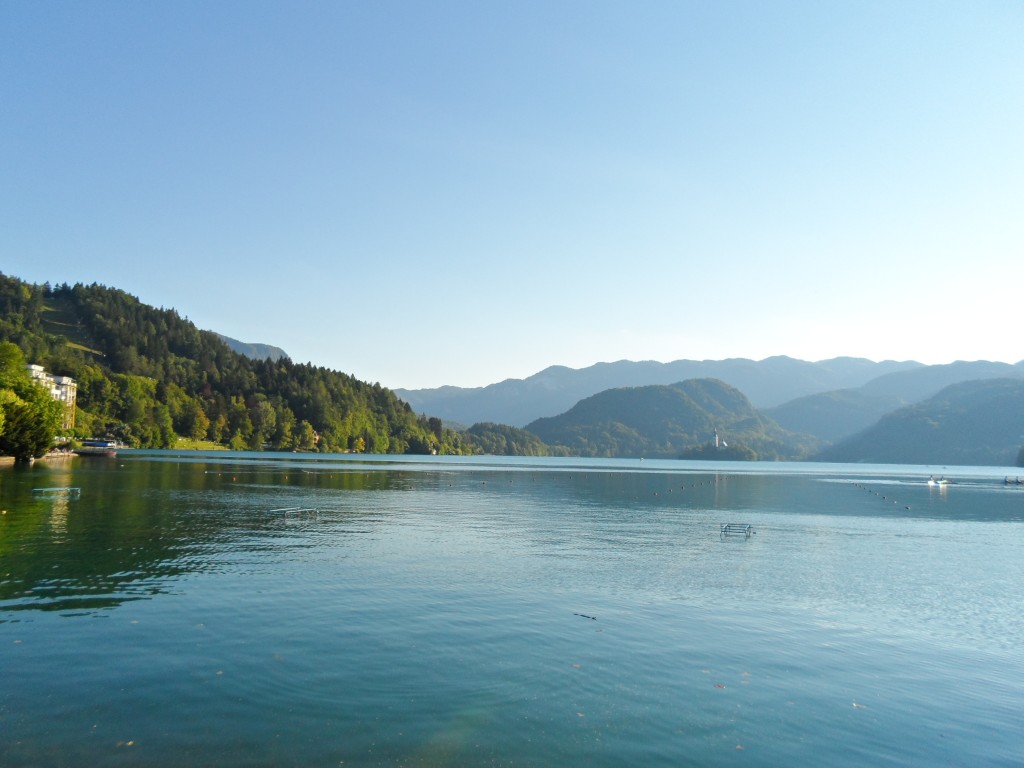
Lake Bled
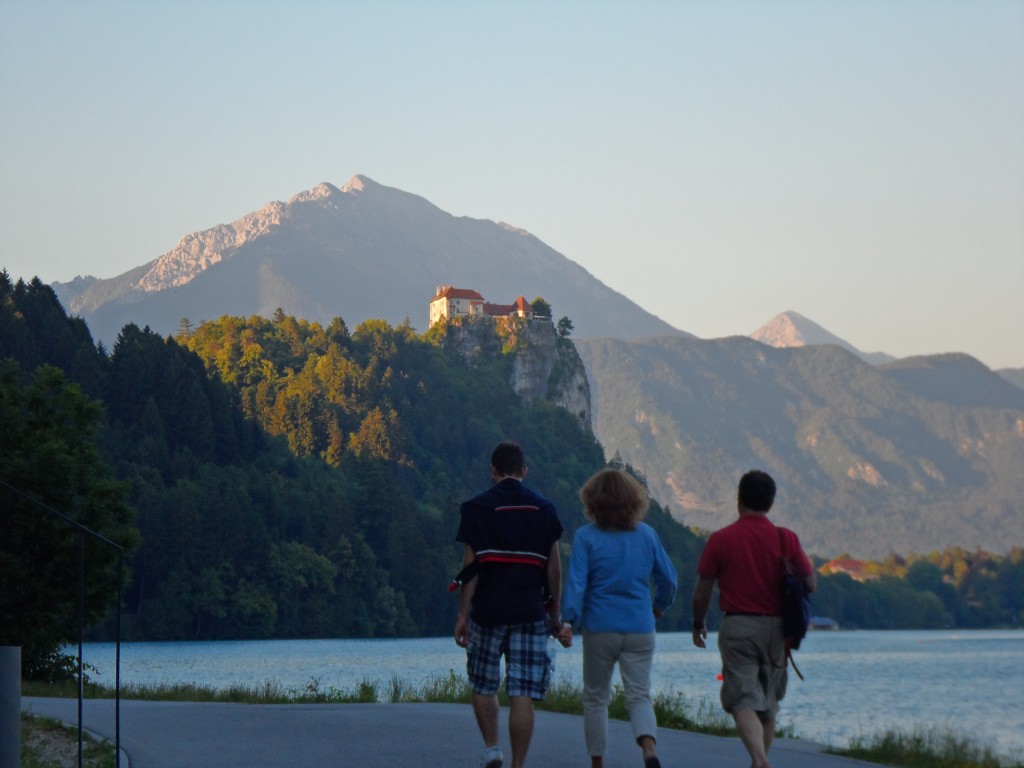
Lake Bled Castle on Cliff
After trudging from the bus stop to our B&B, we decided to do the 6 km stroll around the lake.. According to the owner of the B&B the walk should only take 1.5 hours at a slow pace, but for some reason it took us >2 hours. I guess that means we walk ever slower than slow…
It was a very scenic walk, but basically with the same scenery all the way around. The only real difference being that you could see the Church in the middle of the lake from all different angles. Nevertheless it was on an easy paved trail (though our feet were killing us by the end).
After finishing the walk we went back to the room to clean off and intended to go out for dinner but instead just fell asleep.
The following day we decided to take it easy instead of taking the bus tour of the Julian Alps. We decided against the Alps since we were kind of disappointed when we saw the Swiss Alps (it basically just looked like a lot of dirt).
Instead, we walked up to the Castle on the cliff. It wasn’t that interesting inside but the view was pretty great.
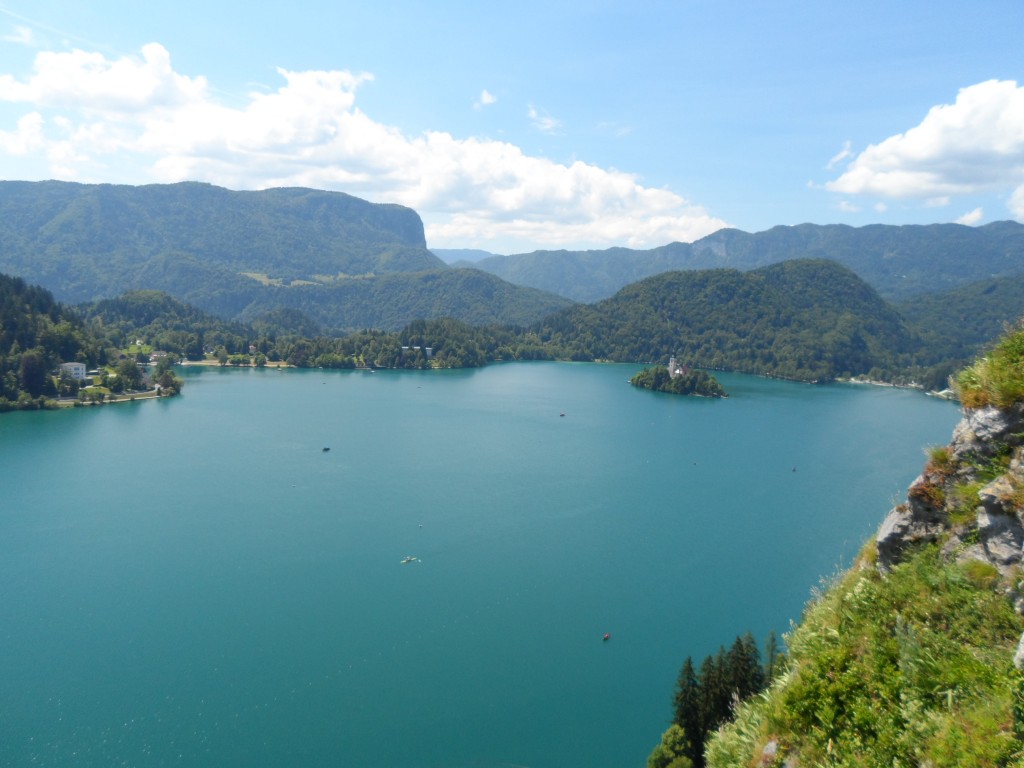
View from the castle
After touring the castle we went back down to the lake and rented a row boat. Due to a crew competition that was taking place that afternoon we were only allowed the have the boat for 1 hour. Bryon volunteered to do the rowing so we set off.
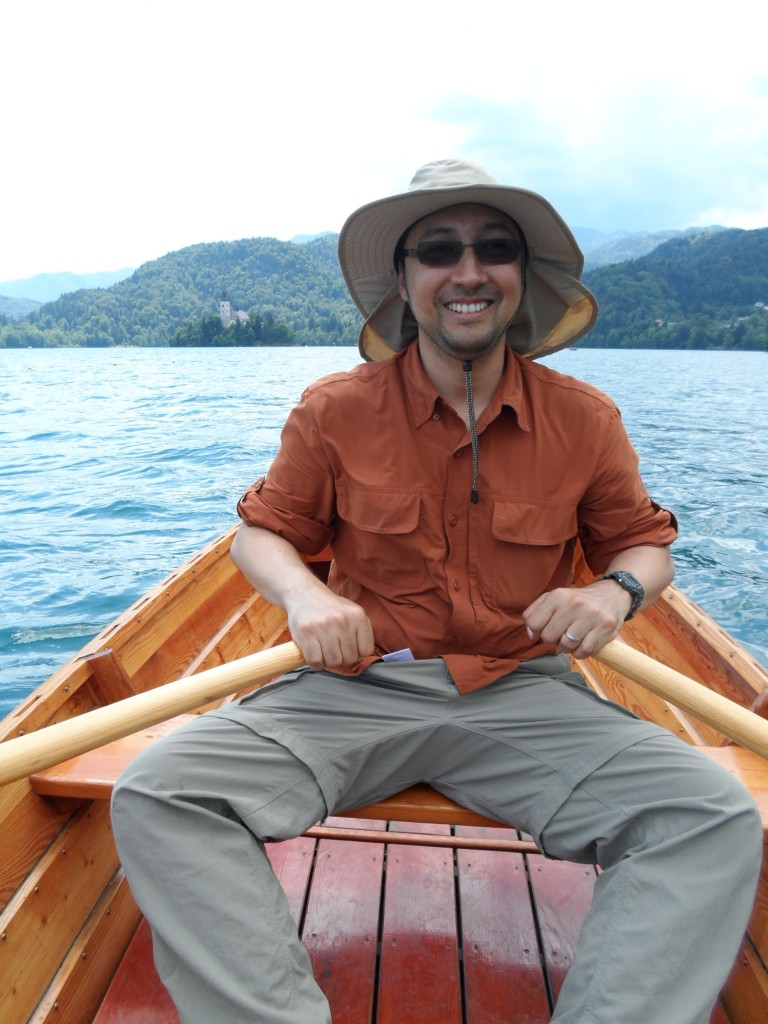
Bryon rowing the boat
After about 20 minutes of rowing we decided to head back to ensure we made it back on time. Unfortunately we found out that it was much harder to row back (against the wind) than to row out. Due to a valiant attempt on Bryon’s part we were able to make it back and return the boat even a few minutes early!
Then we stopped by a cafe and tried the famed Lake Bled Cream Cake. It was all right.
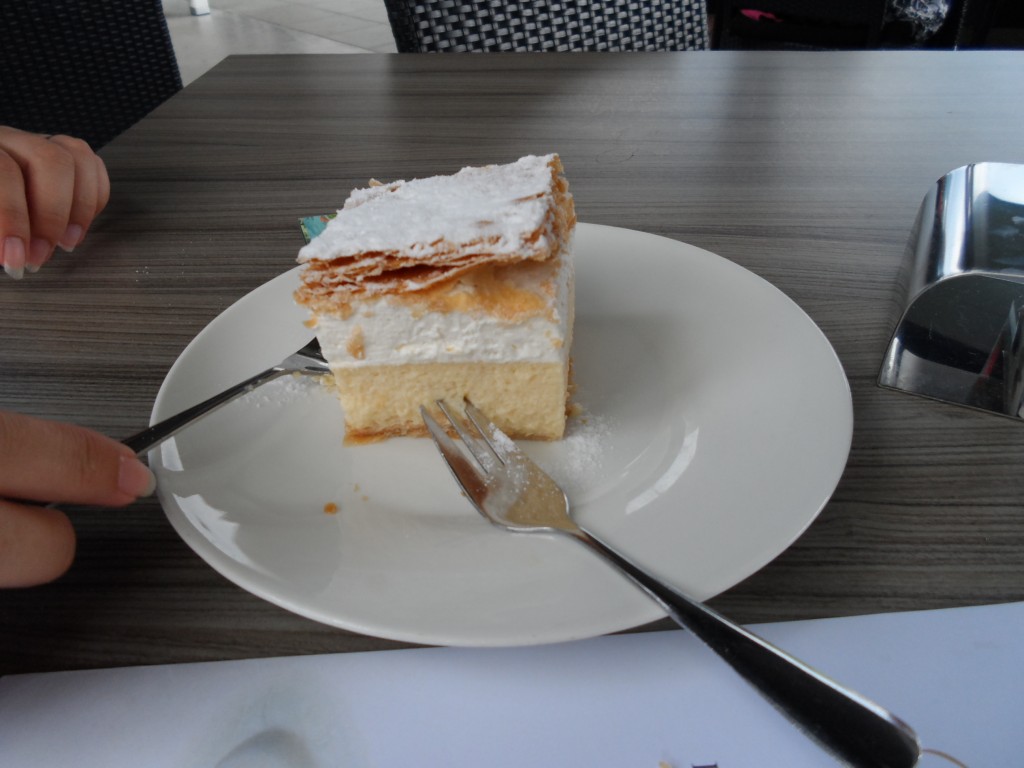
Cream Cake
After going back to the room and cleaning off we had dinner at Restaurant Mayer in a local B&B which Rick Steves had recommended. It was the best meal we’d had thus far and pretty reasonably priced too! I ordered the asparagus risotto and Bryon had the Deer goulash. Deer tastes surprisingly like beef.
After dinner we went back to the room and prepared for our next day’s departure back to Ljubljana.





